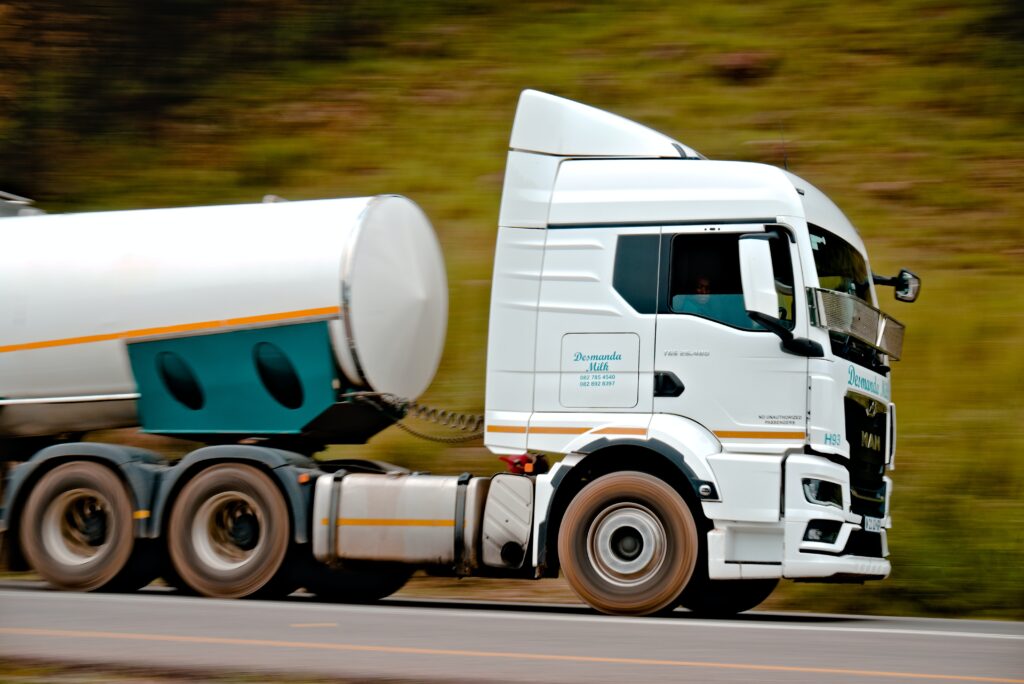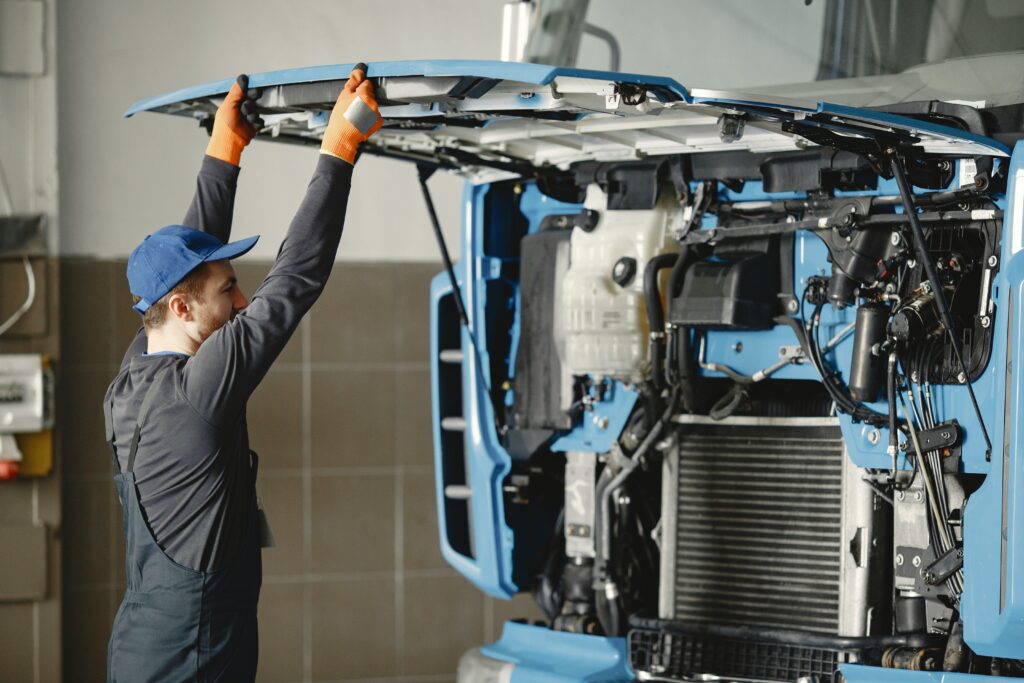We’re all business here at Certified Fleet Services. That means no jokes, no laughs, no human touch, and no fun.
Any discussion about the origins of some of our services— semi-trucks included? Nope. Not doing it. Sorry, but not sorry.
Just kidding.
If you’re looking for a team that has extensive knowledge of fleet vehicles and trucks, that doesn’t take themselves too seriously, sees the larger strategy behind your fleet operation, and works tirelessly to achieve results for you, you’ve come to the right place.
If the question, “Why are semi-trucks called semi trucks?” is keeping you up at night, we have the answer (but maybe not to why this question is keeping you up).
If you’ve ever wondered why semi trucks are called semi trucks, this blog post is for you.
Come along for the journey as we describe the origin of the word semi-truck and its harrowing journey through the ridiculously confusing and ever-changing landscape that is the English language.
You may find you may pickup a piece or two of knowledge about the different components of semi and pickup trucks (see what we did there?).
What exactly do we mean when we say “semi”?
According to Merriam-Webster’s dictionary, the word “semi” means “half in quantity or value”.
While this definition may seem confusing — namely that a giant truck and trailer is considered “half” of anything— the term “semi-truck” comes from the combination of two other words and key features of a semi-truck: trailers and tractors.
Semi-trailers
A semi-truck’s defining characteristic lies in its detachable trailer unit. Many trailers have axles in the front and wheels in the back.
We call these two-axle beasts semi-trailers.
Those trailers with wheels in the front and wheels in the back? Those are called full trailers. (Yep, it’s confusing. Prepare yourself: more confusion awaits).
There are a dizzying number of trailers to choose from (we work on them all!) — all of which can be converted into semi- or full-sized trailers. The most common trailers include:
- Flatbed trailers
- Lowboy trailers
- Step deck trailers
- Stretch single-drop trailers
- Extendable double-drop trailers
- Dry van trailers
- Removable gooseneck trailers (RGN)
- Multi-car trailers
- And much more
How do you know though if these trailers are semi-trailers? The answer to your question lies in your trailer’s length — and the tractor unit that pulls the trailer.
Semi-tractors
Most trucks on the road that carry heavy cargo accommodate large loads at the rear of the trailer. A tractor refers to the front part of the truck that contains the motor vehicle. The trailer refers to the part at the rear.
The tractor also refers to the front cab of the commercial truck, and a semi-tractor-trailer refers to both the truck, trailer, and 18 total wheels on the rig that support the transportation of equipment and goods.
While the correct term for semi-truck should be semi-tractor-trailer-truck, most English speakers opt for the shorter “semi-truck”.
So, what do “trailers”, “tractors,” and “trucks” look like?
Now that we know the difference between a semi-trailer, full-sized trailer, semi-tractor, full-sized tractor, and pickup versus semi-truck, you might be wondering, “Yeah, but how will I be able to spot them on the road?”
Let’s explain.
Key features of tractors, trailers, and trucks

A full-sized trailer has axles in the front and back of the tractor-trailer. A full-sized trailer can sometimes be smaller than the middle trailer. Though the word used is “full-sized”, it’s called “full-sized” because there’s wheels in the front and back.
A semi-trailer carries the load just behind the semi-tractor. Remember, the semi-tractor has two parts: the front axles and wheels. The semi-trailer typically is sits at the rear of a rig and is attached via a drawbar to the tractor.
A full-sized tractor has wheels in the front and rear (remember our trusty and dependable airport tug from earlier?). Most trucks in the freight industry use semi-tractors to transport goods.
A semi-tractor includes the cab where the driver sits, as well as the tractor-trailer where the driver can attach and mount a load.
Repairing semi trucks: easier than the English language

So, there you have it: the origins of the word semi-truck. To summarize:
- The word semi- comes from “part of”.
- Semi-trucks are made with two parts: a tractor and a trailer.
- A tractor and trailer can be full-sized or “semi-sized” (we just made the latter phrase up now).
- Trucks that are “semi-sized” — or consist of — a tractor or trailer are thus called “semi-trucks”.
Fortunately, repairing trucks is much easier than tracing the origin of their names. Whether you drive a tractor-trailer, bus, semi-, pickup, or medium-sized truck, we know it’s important to help your fleet get back on the road faster.
However you choose to distribute and haul your highway load, our company and repair shop can help take you there. Let us take the weight off your shoulders.
Contact us today: we’d be happy to help you with all your specific, truck-related needs.







